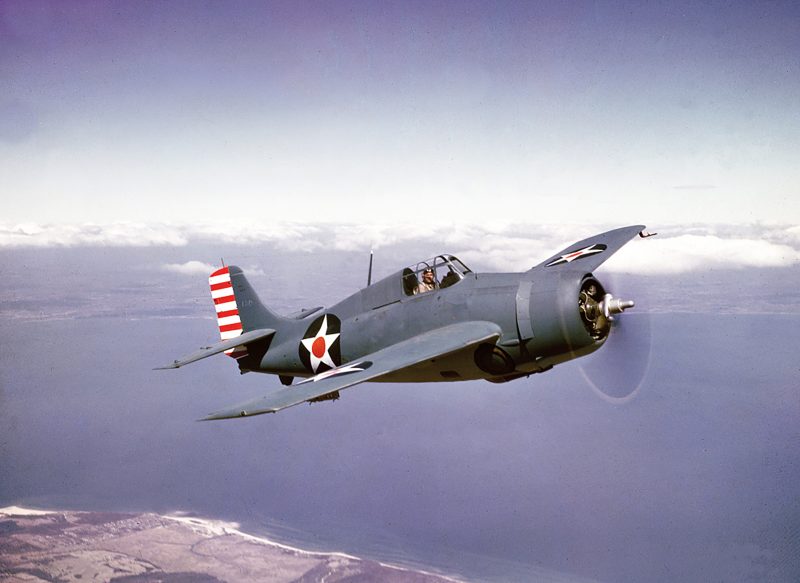Of the circumstances surrounding the US involvement in WWII, Pearl Harbor is the attack that stands out.
However, this was not the only US military base to be attacked by the Japanese forces. The Wake Island base was attacked at the same time, but this was a much longer engagement.
While the attack on Pearl Harbor was over in a matter of hours, Wake Island fought for 15 days. Many soldiers lost their lives while others distinguished themselves. One of these men was Henry T. Elrod who has become known as one of the defenders of Wake Island.
Elrod was born in Georgia on September 27, 1905. He attended the University of Georgia and Yale before heading to the military. At this time, he joined the Marine Corps where he was made a second lieutenant in February 1931.
Over the next year, he would spend time at the Marine Corps Basic School as an aviator student.
By February 1935, he earned his wings and was transferred from the Naval Air Station Pensacola to the Marine Corps Base Quantico. He served as a Marine Aviator there until January 1938.
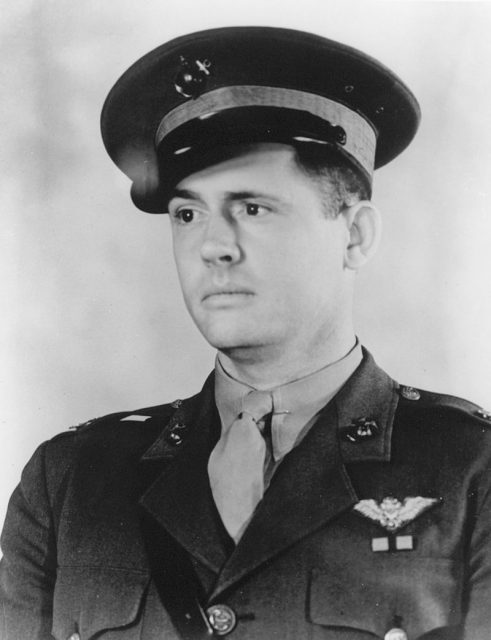
In July 1938, he was ordered to San Diego. He served as the material, personnel, and parachute officer until January 1941.
At the start of 1941, he was detached to the Hawaiian area. Elrod flew to Wake Island on December 4, 1941, along with 12 pilots, aircraft and the ground crew of fighter squadron VMF-211. The hostilities over Wake Island would start only four days later.
During the initial bombardment from Japanese fighters, eight of the 12 Wildcat’s were destroyed. While the shore defenses remained intact, the island was left with only four planes to fend off the upcoming assault.
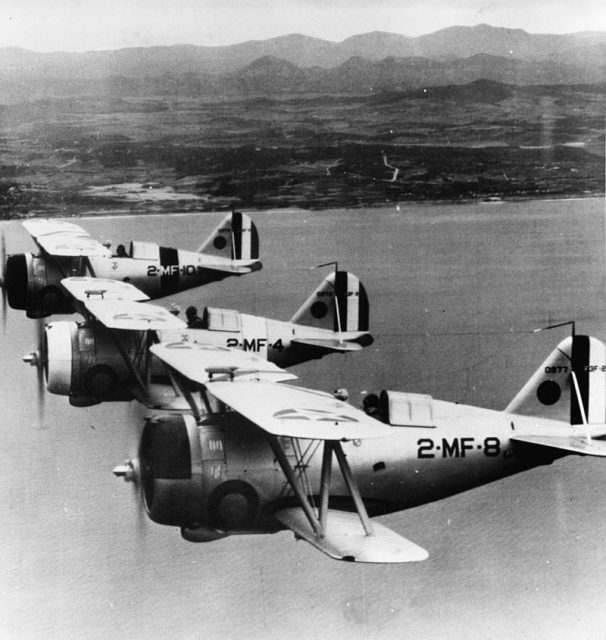
After the initial assault, the full Japanese invasion fleet arrived. The four Wildcats were left to provide air cover for the 450 marines defending the island. The defenders had to take on three light cruisers and six destroyers.
One of the destroyers was struck by the marine artillery that was using WWI-era battleship guns. The Hayate’s magazine was hit and the ship exploded.
Elrod took out a second destroyer on his own, becoming the first fighter pilot to destroy a warship. He bombed and strafed the Kisaragi which caused the stern to dip and depth charges to explode, destroying the ship.
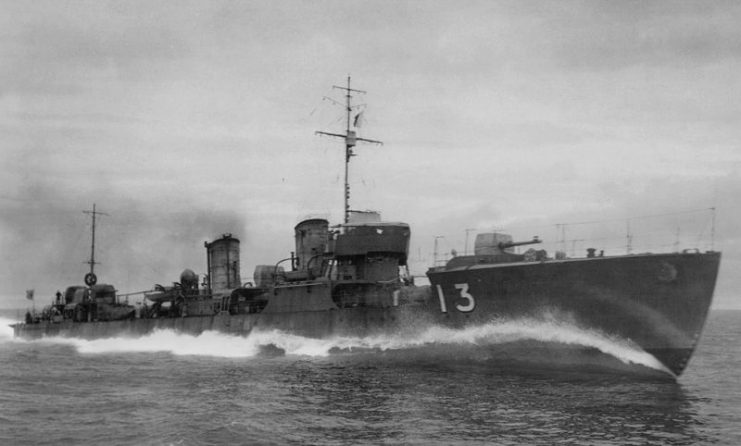
The Wildcat he had been flying against the destroyer became critically damaged in the run. Unable to repair the plane, it was scrapped for parts to help the remaining Wildcats. While the initial invasion was repelled, the commander continued to shell the island.
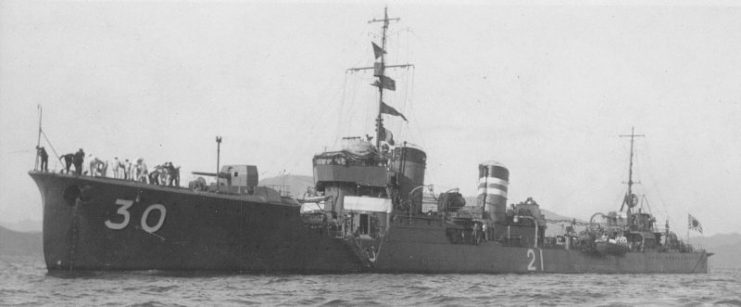
On December 12, when the enemy bombers returned, only one US fighter plan was operational. Elrod took the controls and flew out to intercept 22 G3M2 Nell enemy fighters. Undaunted, Elrod flung his plane at the formation firing his guns.
He would take down two of the enemy fighters over two runs. While the rest of the aircraft did succeed in bombing the island, fewer would hit their targets than on previous raids. For the next two weeks, Elrod and the other pilots continued to fight until the planes were out of action.
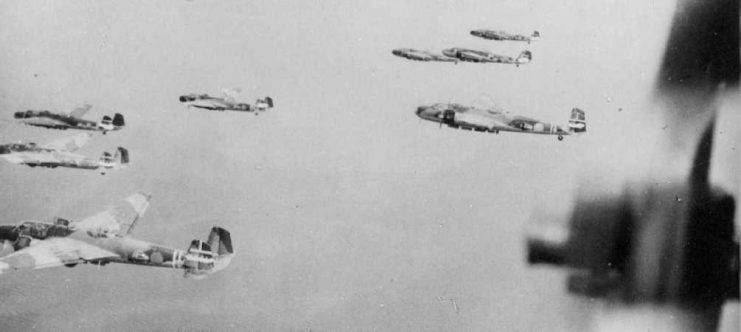
On December 23, the full invasion began in the pre-dawn hours. The Japanese pushed their advantage and got soldiers onto the beach of Wake Island. To repel the attack, Elrod and the rest of the soldiers headed to the beach to counter the enemy.
Elrod was not alone in his heroic charge. Raymond Rutledge and Mess Sergeant Gerald Carr, a civilian contractor and marine respectively, dashed onto the beach as well. They hurled hand grenades directly into one of the landing ships. This injured and killed many of the elite forces within.
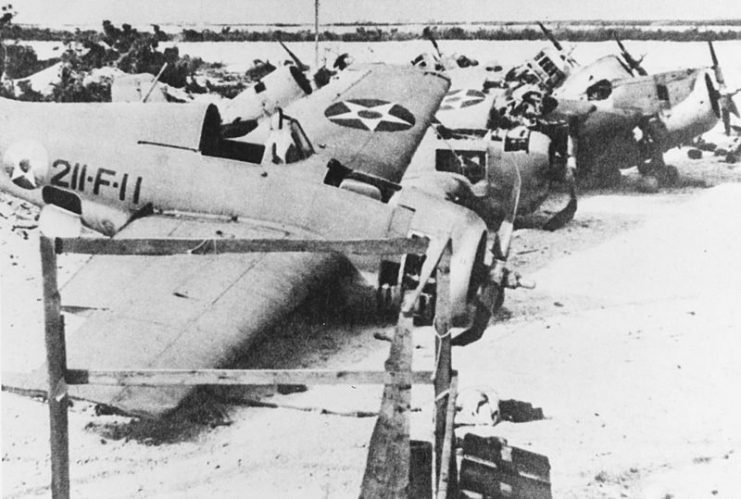
During the infantry charge, Elrod took control of an enemy machine gun and was able to turn it on the invaders. His troops were able to repel several waves of invading forces. While the defenders fought hard, they were overwhelmed. Approximately 90% of the defending troops survived, but Elrod was not among them.
During the defense, Elrod was fatally wounded as he protected some of his men who were carrying ammunition. Following an initial burial on Wake Island, Elrod’s remains were moved to Arlington National Cemetery in 1947. Wake Island would be held by the Japanese until September 1945, two days after the formal surrender by Japan.
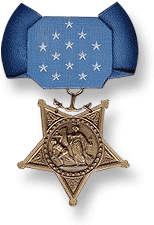
On November 8, 1946, Elrod’s widow was presented with the Medal of Honor by President Truman. This was awarded for his heroic actions during the defense of Wake Island which cost him his life. His appointment as major would only happen after his death.
